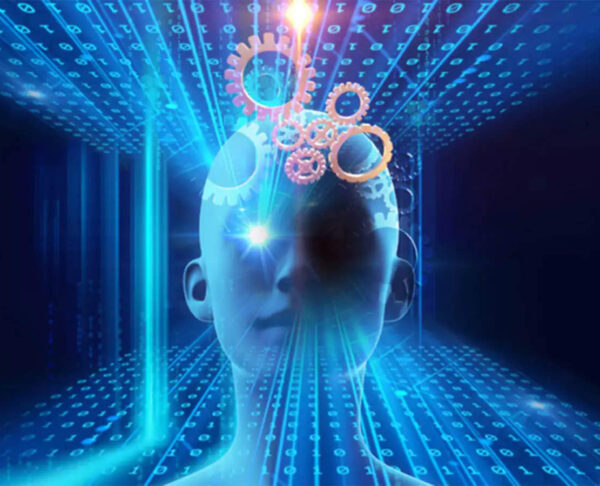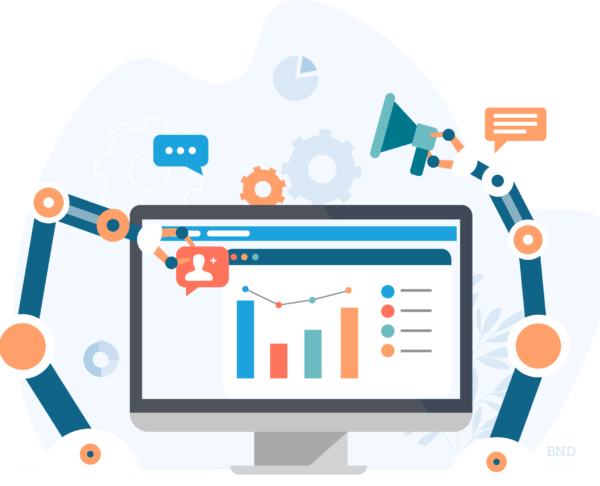Introduction
The field of data science has witnessed tremendous growth over the years, and Python has emerged as the go-to programming language for data analysis, machine learning, and artificial intelligence. Python’s data science ecosystem is built on the strong foundation of libraries such as Pandas and NumPy, which offer powerful tools for data manipulation, cleaning, and numerical computing. In this blog, we will explore the magic of Python’s data science ecosystem, starting with Pandas and NumPy and extending our journey to other essential libraries that enrich the data science experience.
- Introducing Pandas: Your Data Manipulation Swiss Army Knife
- Pandas is a powerful library that provides data structures like DataFrames and Series, allowing for effortless data manipulation.
- Data cleaning and preprocessing are essential steps in data analysis. We will learn how to handle missing values, duplicates, and outliers using Pandas.
- The groupby function in Pandas enables us to aggregate data efficiently, generating summary statistics and insights from complex datasets.
- Mastering NumPy: The Foundation of Numerical Computing
- NumPy is the backbone of numerical computing in Python, offering n-dimensional arrays that provide efficient storage and computation.
- Broadcasting and vectorization are two features that allow us to perform operations on arrays efficiently, eliminating the need for explicit loops.
- We will explore NumPy’s wide range of mathematical functions and how it integrates with linear algebra operations.
- Data Visualization with Matplotlib and Seaborn:
- Matplotlib is the default plotting library in Python, offering a wide range of options for creating static, interactive, and dynamic visualizations.
- Seaborn builds on Matplotlib, providing a high-level interface for creating attractive statistical visualizations with ease.
- We will dive into customizing plots to achieve publication-quality graphics for data presentation.
- Machine Learning with Scikit-learn:
- Scikit-learn is a comprehensive machine learning library that houses various supervised and unsupervised learning algorithms.
- We will explore common machine learning algorithms like linear regression, decision trees, and support vector machines, as well as techniques for model evaluation and hyperparameter tuning.
- Scikit-learn’s user-friendly API makes it easy to implement machine learning models and apply them to real-world datasets.
- Exploring Advanced Data Science Libraries:
- SciPy builds on NumPy and provides additional functionalities for scientific and engineering applications, including integration, optimization, and signal processing.
- Statsmodels is a library focused on statistical modeling, enabling us to conduct various statistical analyses with ease.
- TensorFlow and PyTorch are powerful libraries for deep learning, allowing us to build and train neural networks for cutting-edge applications in artificial intelligence.
- Working with Big Data: Dask and Beyond:
- Dask is a Python library that scales computation to parallelize data processing on large datasets.
- Apache Spark and PySpark are widely used for distributed computing, making it possible to handle big data efficiently.
- Deploying Models with Flask and Streamlit:
- Flask is a lightweight web framework that allows us to build web APIs for serving machine learning models.
- Streamlit simplifies the process of creating interactive data science web apps with minimal effort.
Conclusion
Python’s data science ecosystem, driven by libraries like Pandas, NumPy, and a multitude of other powerful tools, empowers data scientists to extract valuable insights from raw data. With efficient data manipulation, visualization, and machine learning capabilities at their disposal, data scientists can make informed decisions, derive meaningful patterns, and create cutting-edge applications in various domains. As the data science landscape continues to evolve, Python’s data science ecosystem remains a driving force in solving complex problems and shaping the future of data-driven decision-making.




